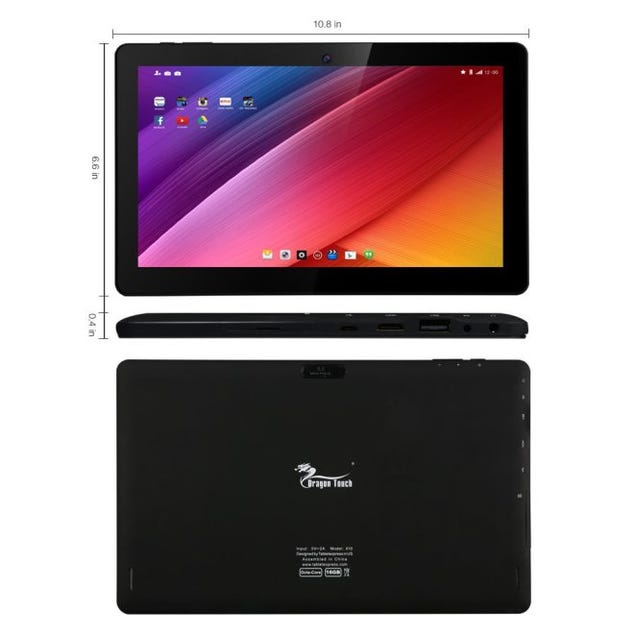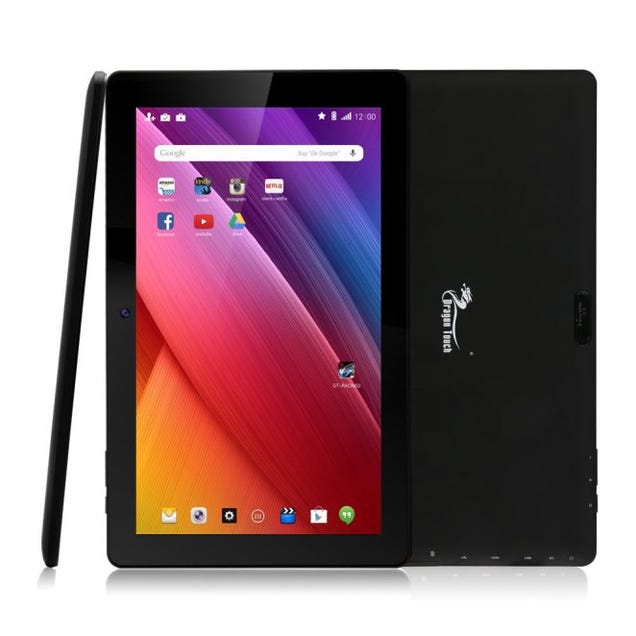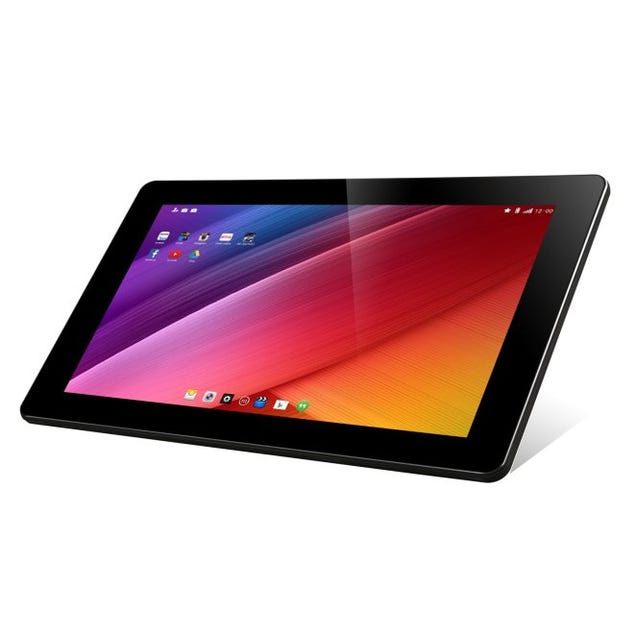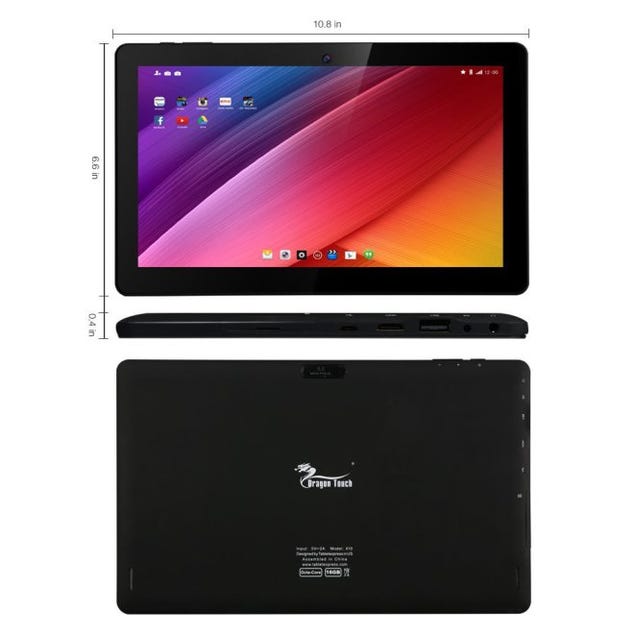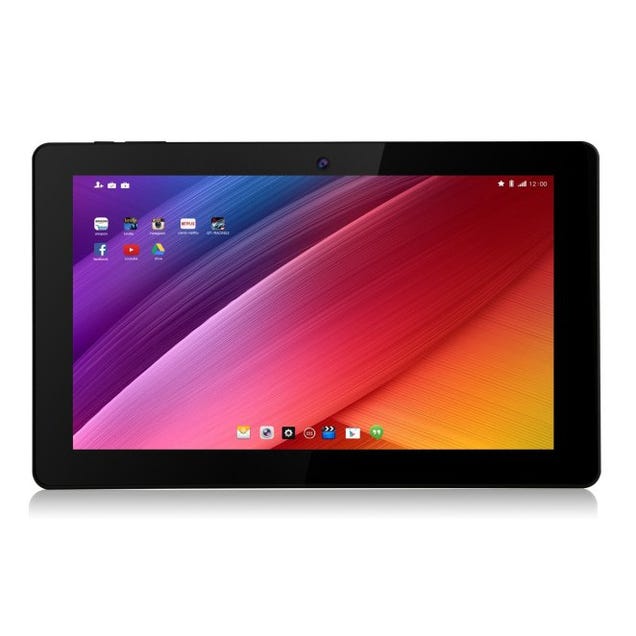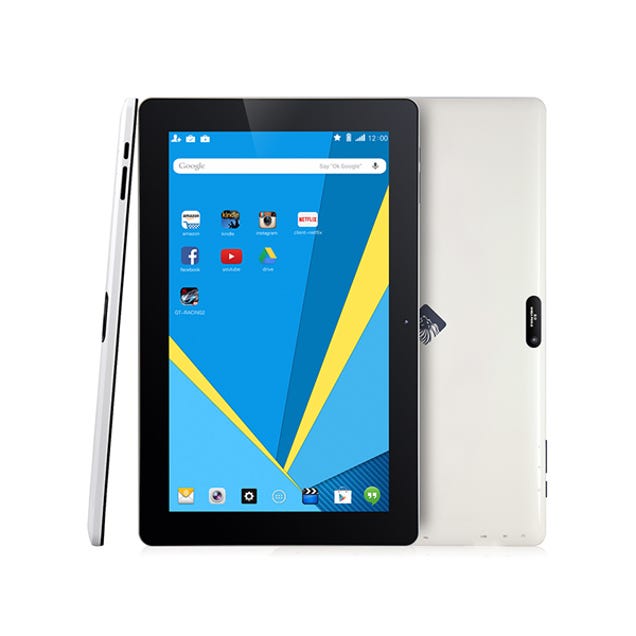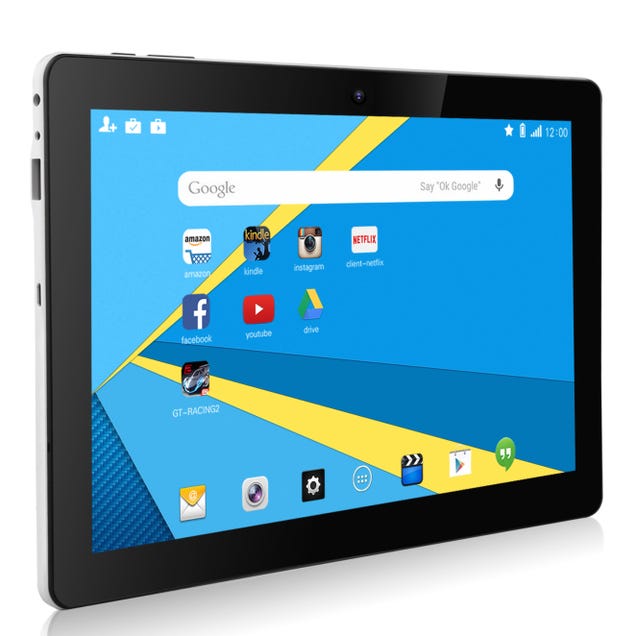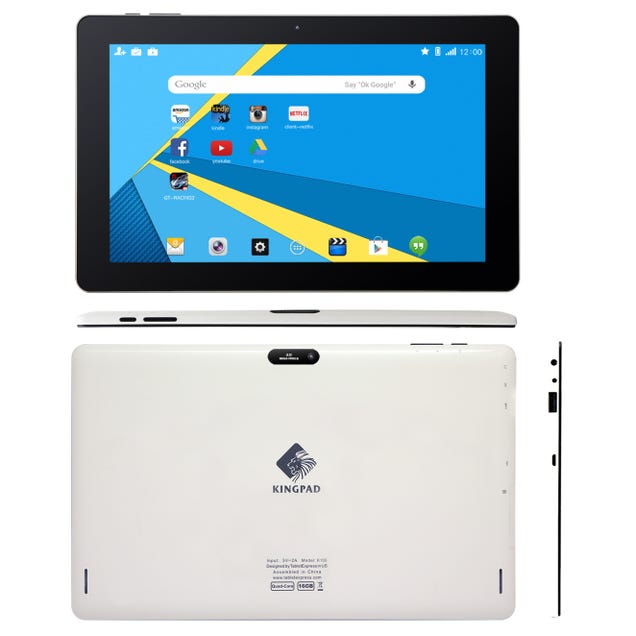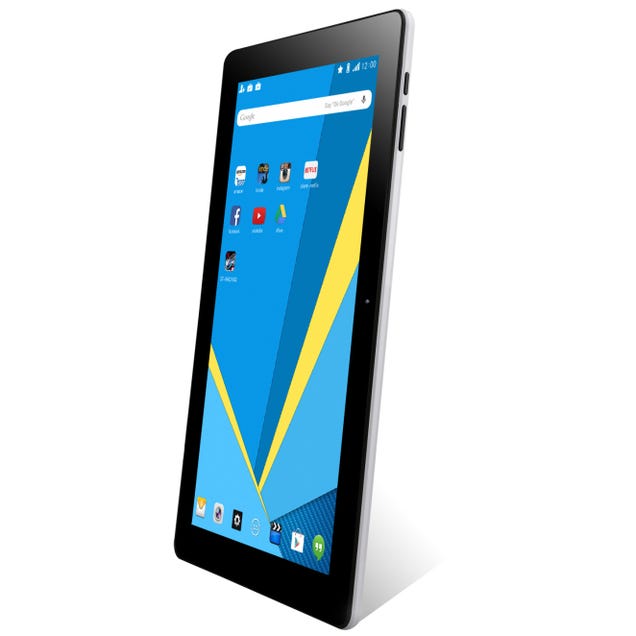The tablet has fallen on hard times recently, with falling sales and heated debate about whether we even need tablets in today’s huge smartphone-driven world.
But there are still plenty of good reasons to consider buying a tablet. Maybe you want a device to occupy your free time or to supplement your TV watching with Twitter. Maybe you don’t need a full-fledged laptop, but need something that’s bigger than a smartphone. Or maybe you’re looking to buy an easy-to-use device for the technophobe in your life.
Whatever the reason, there’s a tablet out there for you. Read on and we’ll help you find the right one for your needs.
Convertible or Stand-Alone Tablet?
When it comes to tablets, you have a choice — do you go with a standard tablet or do you go with a “convertible” tablet?
Stand-alone tablets take the form of oversize smartphones: They consist of one large touch screen, a handful of buttons on the case, a charging connector and little else. They usually weigh between 1 and 2 pounds and are typically less than half an inch thick, so they’re supercompact and portable. You control them using the touch screen, but you can usually pair them with a Bluetooth keyboard.
Convertible devices try to combine the flexibility of the PC with the convenience of a tablet. This 2-in-1 device either come with a detachable keyboard or they’re really just a full-size laptop that features a touch screen.
Detachables look and work like stand-alone tablets, but snap on to a specially designed keyboard attachment, and you can use them as laptop replacements. Some detachables come with the keyboard, while others require you to buy the keyboard separately.
Tablets in the 10-inch range, like the Kingpad K100, provide a good balance between portability and productivity: They aren’t as easy to use with one hand, but they’re still plenty light and compact. Larger tablets, such as the Galaxy View or the 12.9-inch iPad Pro, are less portable, but they can make for suitable laptop replacements.
Notebook-tablet hybrids typically feature screen sizes around 11 to 13 inches, but they tend to be bulkier, so they aren’t ideal if size and weight are your main priorities.
How Will You Use It?
At Home
For general home use — such as Web browsing, email, listening to music and so on — most any tablet out there will fit the bill. You probably won’t need to go with a superhigh-end tablet, so look for tablets that cost less than $150. The $119.99 Dragon Touch M10X is one of our favorites.
For Work
If you plan to use your tablet as a business machine — or as a laptop replacement — you’ll want one with at least a 9-inch screen.
If you have the budget, the 10.1-inch Dragon Touch i10x is very good option.
For Gaming
Since iOS is the center of the mobile gaming universe, an iPad is a good bet. The iPad Air 2 offers a good balance between portability and power, but starting at $499, it isn’t cheap. Other options abound, however, such as the $199 gaming-centric Nvidia Shield tablet K1. This Android tablet is built around Nvidia’s Tegra K1 quad-core mobile processor and features an 8-inch, 1920 x 1080-pixel display and 2GB of memory.
What about Windows-based convertible tablets? Since these devices run full-fledged Windows, you can play a good many PC games on them. They won’t keep up with high-end gaming rigs, but many are more than suitable for more casual PC gaming.
For the Kids
With tablets for children, you’ll want to consider size, price, durability and parental-control features. A 7-inch tablet will be more suitable for small hands, and given the risk of a broken tablet, you’ll want to stay on the lower end — no more than about $100. The $49.99 M7 Kids Tablet is a good choice, with its rubber bumpers, compact size, parental controls and kid-friendly interface. Plus, it comes with a two-year guarantee that says the company will replace it if your child does serious damage.
For Media Consumption
Any of the tablet ecosystems are good choices for watching movies or TV shows and listening to music, but if you’re a true media junkie, theDragon Touch X10 10-inch may be for you. Another great option could be the iPad Air 2, which integrates with iTunes and sports a 2048 x 1536-pixel screen.
Which specs matter?
Tablet specs can be tricky to discern, since not all manufacturers fully disclose their devices’ innards. Here’s a quick rundown on what you might see, and what it all means.
RAM (Memory)
RAM isn’t quite as big a selling point on tablets because of how iOS and Android manage memory. Generally speaking, however, the more you spend, the more RAM you’ll get, and on most tablets, you can expect anywhere between 1GB and 4GB of memory. Laptop/tablet hybrids and other Windows-based convertible tablets, like the Surface Pro 4, typically offer more memory, sometimes up to 16GB of RAM. More RAM often equates to snappier performance.
Storage and Expandability
Stand-alone tablets typically come with 8 or 16GB of storage on the low end, and up to 128GB on the high end. Convertible Windows tablets often have storage capacities more in line with typical notebooks, so it isn’t unusual to find one with 256GB of storage or more. Some tablets include SD card readers that allow you to expand your device’s storage capacity. Unless you don’t use your tablet much, you may find 8 or 16 GB to be a little too constraining for your needs, so you’ll probably want to pay a little more and get at least 32GB of storage space — or look for one with an onboard SD card slot.
How About Battery Life?
Many tablets will get you all-day battery life, but as our testing shows, tablet battery life can still vary greatly. Lenovo’s Android-based Yoga Tab 3 lasted more than 15 hours on a single charge in our Web browsing tests, but on average, the devices we tested ran for 8 hours and 45 minutes before their batteries ran dry. We recommend you look for a tablet that runs for no less than 7 hours on a single charge.
Is the Price Right?
You can pay an awful lot for a tablet — but you don’t have to. Tablets range from more than $1,000 on the high end to less than $50 on the low end, so you have plenty of options, regardless of how much or how little you want to spend.







